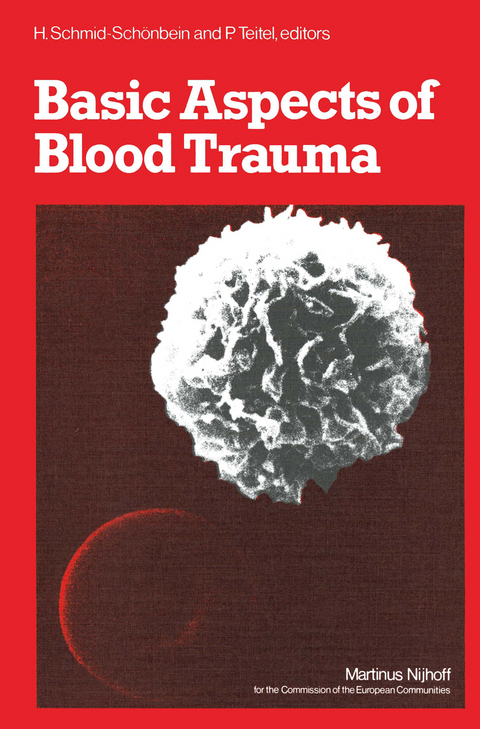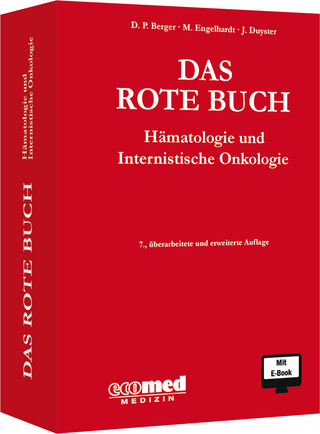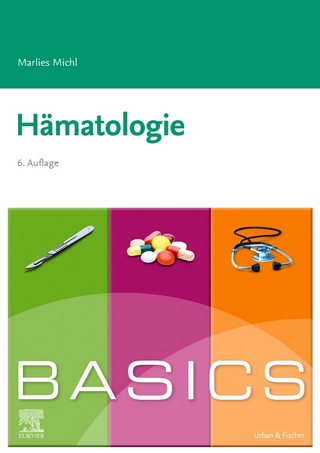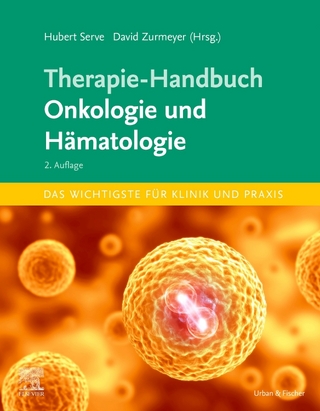
Basic Aspects of Blood Trauma
Kluwer Academic Publishers (Verlag)
978-90-247-2279-2 (ISBN)
1. Biological analysis of blood trauma: the response of the unspecific defense system to foreign technical apparatus.- 2. Considerations of platelet function mechanisms.- Discussion (moderator G.V.R. Born).- 3. Stimulation of human platelets under the influence of high shear stresses in tube flow.- Discussion (moderator G.V.R. Born).- 4. The induction of intravascular thrombi in vivo by means of localised hydodynamic shear stresses.- Discussion (moderator Williams).- 5. Species differences in platelet aggregation with special reference to heparin as anticoagulant.- Discussion (moderator H.C. Hemker).- 6. Fluid dynamic aspects of the blood cell-vessel wall interaction.- Discussion (moderator H.C. Hemker).- 7. The role of surfaces in the mechanism of blood coagulation.- Discussion (moderator E. Wenzel).- 8. Blood trauma and hypercoagulability produced by extracorporeal circulation.- Discussion (moderator E. Wenzel).- 9. Electro-optical investigations of the fibrinogen-fibrin conversion in artificial membranes.- Discussion (moderator H.C. Hemker).- 10. Fluid dynamic aspects of mechanical haemolysis.- 11. Cellular blood damage caused by foreign materials: An engineers view of the problem.- Discussion (moderator H.C. Engell).- 12. Micromechanics of the red cell in viscometrie flow.- Discussion (moderator Williams).- 13. Effect of extracorporeal circulation with different oxygenators on the volume of red blood cells.- Discussion (moderator Williams).- 14. Mechanical red cell disruption.- Discussion (moderator Williams).- 15. ADP release from red cells subjected of high shear stresses.- Discussion (moderator Born).- 16. Effects of cardiac surgery and cardio-pulmonary bypass on human immune system.- Discussion (moderator D. Laurant).- 17. Susceptibility to infections related toextracorporeal circulation: sources of infection, granulocyte function and immunoglobulins.- Discussion (moderator D. Laurant).- 18. Protein denaturation and the effect of heparin during extracorporeal circulation.- Discussion (moderator D. Laurant).- Condensation of general discussion.- List of participants.
| Zusatzinfo | 34 Illustrations, black and white; 416 p. 34 illus. |
|---|---|
| Verlagsort | Dordrecht |
| Sprache | englisch |
| Maße | 155 x 235 mm |
| Themenwelt | Medizinische Fachgebiete ► Innere Medizin ► Hämatologie |
| ISBN-10 | 90-247-2279-9 / 9024722799 |
| ISBN-13 | 978-90-247-2279-2 / 9789024722792 |
| Zustand | Neuware |
| Haben Sie eine Frage zum Produkt? |
aus dem Bereich


